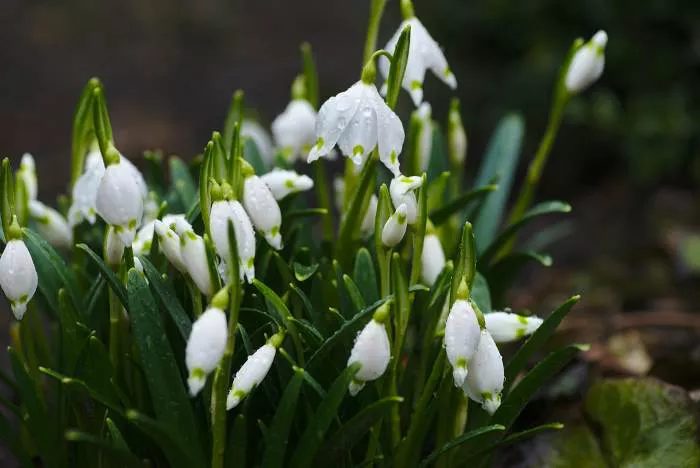Tulips are among the most beloved spring flowers, known for their vibrant colors and elegant shapes. While most people plant tulips from bulbs, it is also possible to grow them from cut flowers. This method is less common but can be a rewarding experience. Understanding how to plant tulips from flowers can provide an exciting way to propagate these beautiful blooms. This article will guide you through the process step by step.
Understanding Tulip Flowers
Tulips belong to the genus Tulipa and are part of the lily family. They are native to Central Asia and are widely cultivated for their stunning flowers. Tulips come in various colors and sizes, making them a popular choice for gardens and floral arrangements. When tulips bloom, they produce a flower that can be used to propagate new plants.
Gathering Materials
Before you begin planting tulips from flowers, you will need some materials.
You will need healthy tulip flowers, ideally cut from a plant that has finished blooming. Look for flowers that are vibrant and free from disease. Additionally, gather the following materials
- A clean vase or container
- Water
- Potting soil
- A small pot or garden bed
- A sharp knife or scissors
- Rooting hormone (optional)
Step 1 Preparing the Flowers
Start by preparing the tulip flowers for planting.
Use a sharp knife or scissors to cut the stems of the tulip flowers at an angle. This method allows for better water absorption. Remove any leaves from the lower part of the stem to prevent them from rotting in the water.
Place the cut tulip flowers in a clean vase filled with water. Allow them to sit for a few days to encourage root development. Change the water every couple of days to keep it fresh.
Step 2 Encouraging Root Growth
To promote root growth, you can use a rooting hormone.
After a few days in water, check the stems for small root formations. If you see roots beginning to develop, you can proceed to the next step. If not, allow the flowers to sit in water for a few more days until roots are visible.
If using rooting hormone, dip the cut end of the stem into the powder before planting. This step can enhance root development and increase the chances of successful growth.
Step 3 Preparing the Soil
While the flowers are developing roots, prepare the soil for planting.
Choose a well-draining potting mix. Tulips prefer loose, fertile soil that allows for good drainage. If planting in a garden bed, ensure the soil is amended with compost or organic matter to enhance fertility.
Fill your pot or garden bed with the prepared soil, leaving enough space for the tulip stems.
Step 4 Planting the Tulip Stems
Once the tulip stems have developed roots, it is time to plant them.
Create small holes in the soil using your fingers or a pencil. The holes should be deep enough to accommodate the roots without bending them.
Carefully place each stem into the holes, ensuring that the roots are spread out. Cover the roots gently with soil, making sure the cut end of the stem is just above the soil surface.
Step 5 Watering and Care
After planting, water the soil thoroughly.
Ensure the soil is moist but not waterlogged. Overwatering can lead to root rot, which is detrimental to the young plants.
Place the pot in a location that receives bright, indirect sunlight. If planting in a garden bed, choose a spot that gets full sun for most of the day.
Monitor the moisture levels in the soil and water as needed. As the tulips begin to grow, you may notice new leaves emerging from the stems.
Step 6 Fertilizing and Supporting Growth
To promote healthy growth, consider fertilizing the tulips.
Use a balanced, water-soluble fertilizer every few weeks. Follow the instructions on the fertilizer package to avoid over-fertilizing, which can harm the plants.
As the tulips grow, provide support if necessary. If the stems become tall and weak, use small stakes to help them stand upright.
Step 7 Preparing for Blooming
With proper care, your tulips will eventually bloom.
Be patient, as it may take several weeks for the flowers to appear. When the tulips begin to bud, ensure they receive adequate sunlight and water.
Once the tulips bloom, you can enjoy their beauty in your garden or home. If you wish to propagate more tulips, consider saving the seeds from the flowers after they have finished blooming.
Conclusion
Planting tulips from flowers is a unique way to propagate these stunning plants. While it requires patience and care, the process can be rewarding. By following these steps, you can successfully grow tulips from cut flowers and enjoy their vibrant blooms in your garden. Remember to provide the right conditions for growth and be attentive to their needs. With time and dedication, you can create a beautiful display of tulips that will brighten any space.


